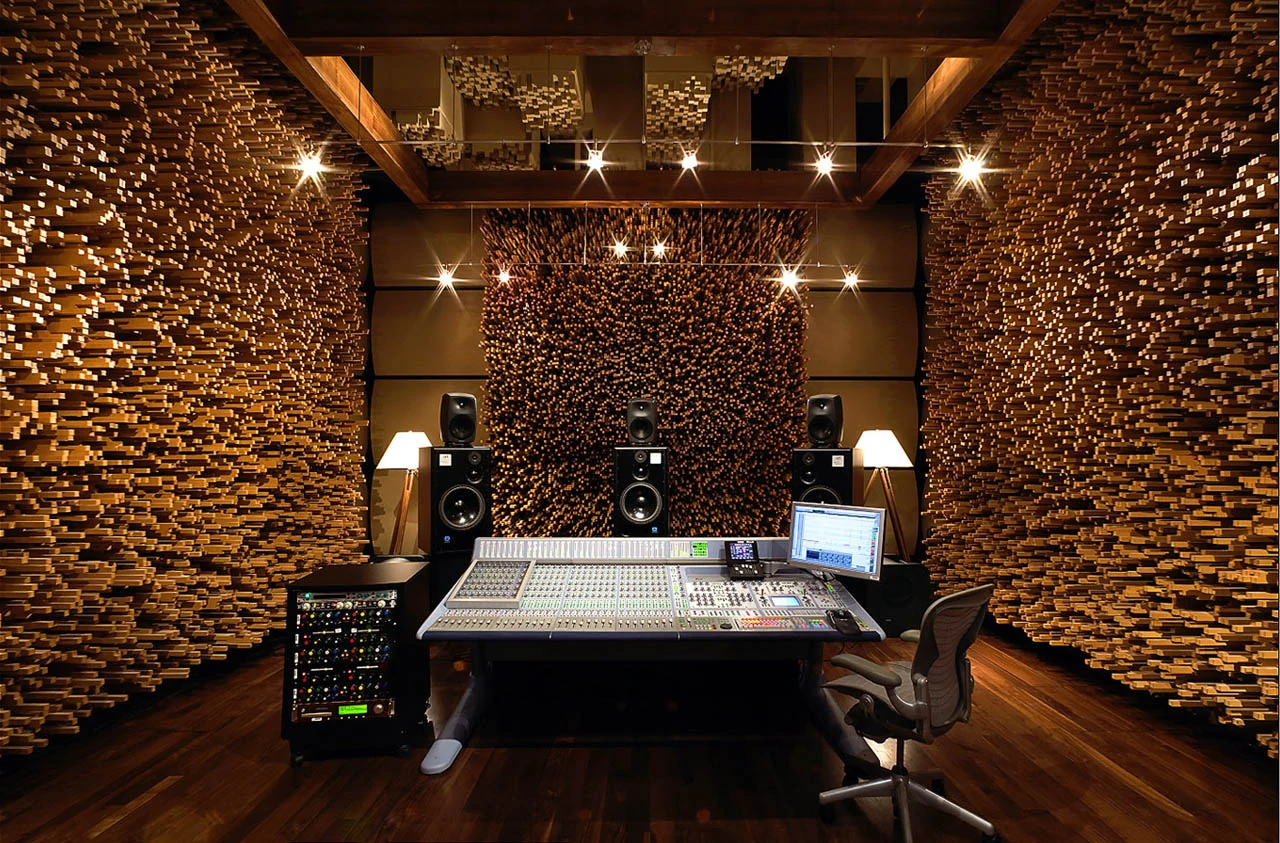My personal moment-with-diffusion came totally as an accident; an incredibly fun, happy accident. I’ve been fooling with some mid-fi recordings friends and I made during the 1st 2 1/4 years of the pandemic through Jamkazam. I’m old, tired, and out-of-practice at tweaking and fine-tuning recordings that have a fair number of timing (thanks to long-distance latency) and pitch issues and it helps for me to get some distance from the tools (mostly Apple’s Logic X) and just listen to what I have so far. That critical listening includes stereo placement and my low-fi tool of choice has been a SoundFreaq Bluetooth speaker that sort of does stereo, but with about 6” of displacement. So, I bought a pair of very cheap, beer-can-sized MusiBaby Bluetooth Speakers and hauled them outside to listen while I read. This is definitely not an ad for MusiBaby speakers, but they aren’t as terrible as their $30/each price tag implies. The cool thing about these speakers is, being wireless, I can find a decent placement for them no matter where I am outside.
My favorite outside spot in our yard is pictured at left: sitting in a swingchair, in the shade of a pair of very large maple trees, with a great view of the forest and hills across the street. So, naturally I stuck the speakers on the ground close enough to be able to mostly overwhelm the traffic noise (except for the idiots on Hardlys and deaf bozos driving muffler-free cars and trucks who sonically litter our countryside). I’ve put the speakers on top of the firepit before and on a glass table that is out of sight to the left of this picture. But two days ago, I put the two blue speakers on the patio shelf to the left and right of the firepit. And while I was swinging back and forth, as I often do to keep the mosquitoes confused and working for their blood, I noticed that there was a spot in that motion that was amazingly full sounding.
You can see by the picture that I wasn’t doing anything particularly scientific in my speaker placement. I didn’t even more a couple of acoustic obstacles because I wasn’t expecting anything from this setup. Once I got into it, I did start messing with speaker placement, listening distance, and a few other things that might have some effect on the “effect” I was hearing. I honestly had to let this settle overnight before I began to figure out some things from the experiment. What I heard was an incredibly coherent and powerful center image from these two tiny speakers. When the speakers were at a reasonable distance from the firepit, close enough to get some reflective reinforcement and far enough for that reinforcement to be diffused, I heard things in my own mixes and other reference (for me) recordings that I can’t consistently pick out in my office “studio” setup, which has absorption in the center but no real diffusion anywhere.
I think the takeaway from this accidental demonstration is that the diffusor needs to be substantially larger than the speaker, especially taller, and mass, as always, is our friend in acoustic treatments. Those retaining wall bricks are about 40 pounds each, for example. Massenburg and D’Antonio used MDF in their diffusion design at least partially because of the weight, I’m guessing. MDF is about 49 pounds/square foot and pine, for example, is about 30 pounds/square foot. Not a small thing when you are making something as substantial and Blackbird’s Studio C. It would be interesting to build a floor-to-ceiling retaining wall curved diffusor and see how it sounds in a real studio environment. Just don’t do it anywhere that can’t support a few tons of brick.

